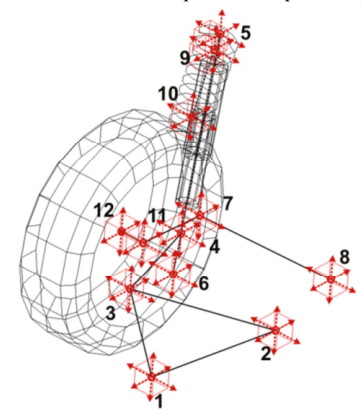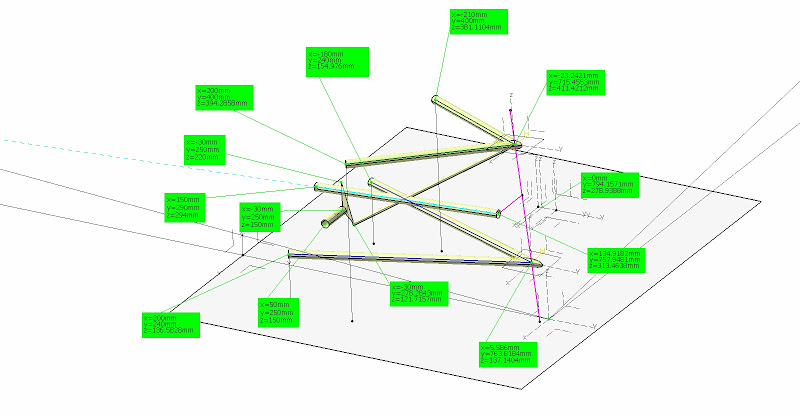CAD2015
Computer
- Jan 21, 2006
- 2,032
Hi,
I do not have any suspension experience, but I am very interested in this domain.
For instance, I've heard about the term of "Geometry Hardpoints".
What is it related to?
Using the common sense, it seems to me that "Geometry Hardpoints" refers to the main suspension (let's say, the Front Suspension) components.
Can you help me out with this topic, please?
Thanks,
MZ7DYJ
I do not have any suspension experience, but I am very interested in this domain.
For instance, I've heard about the term of "Geometry Hardpoints".
What is it related to?
Using the common sense, it seems to me that "Geometry Hardpoints" refers to the main suspension (let's say, the Front Suspension) components.
Can you help me out with this topic, please?
Thanks,
MZ7DYJ

![[2thumbsup] [2thumbsup] [2thumbsup]](/data/assets/smilies/2thumbsup.gif)


